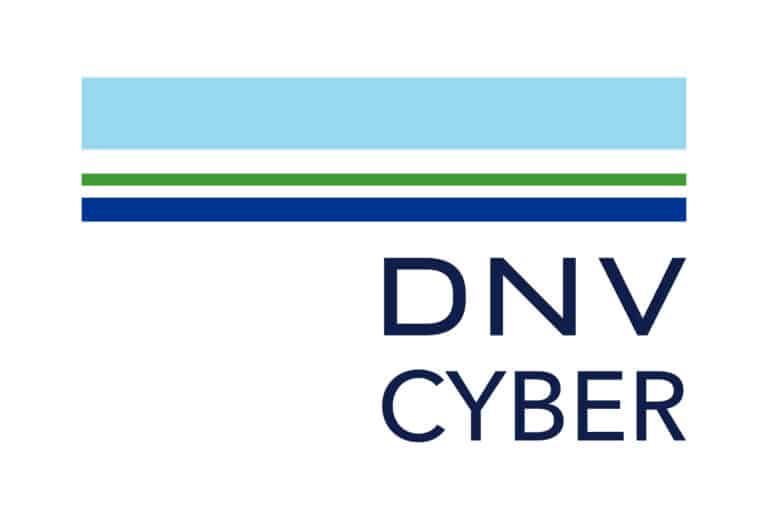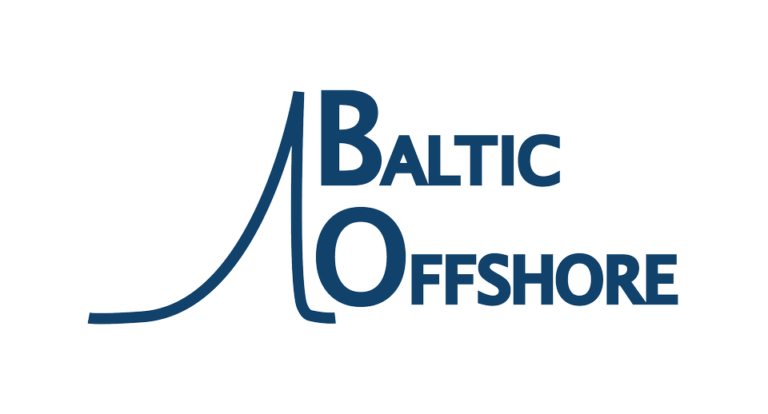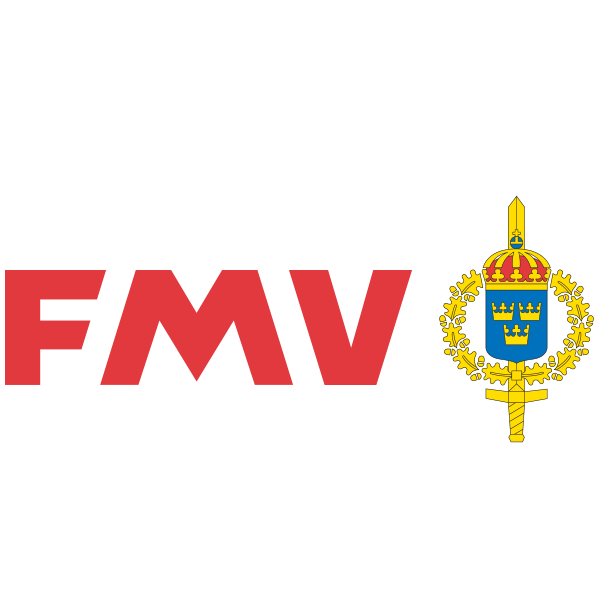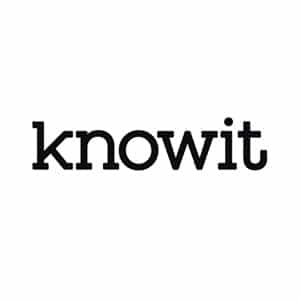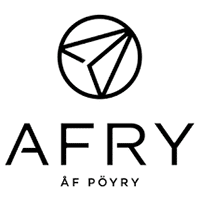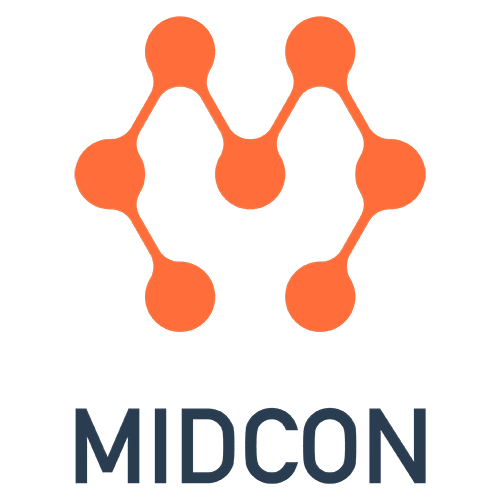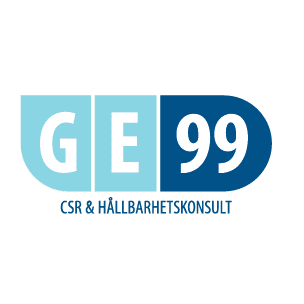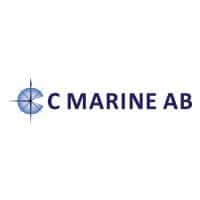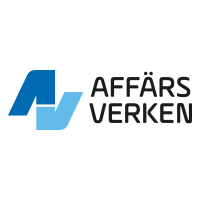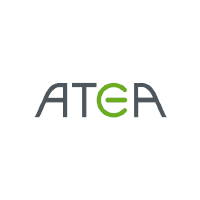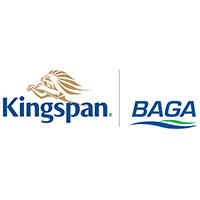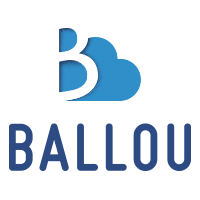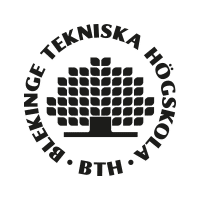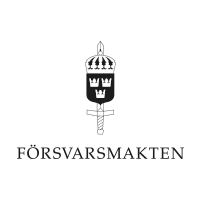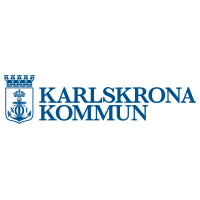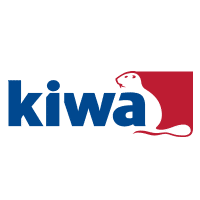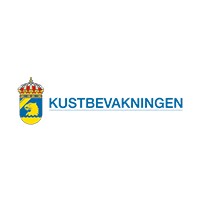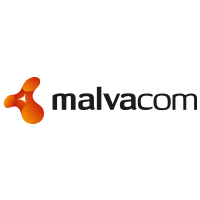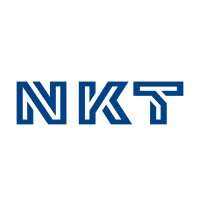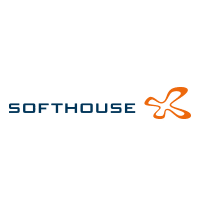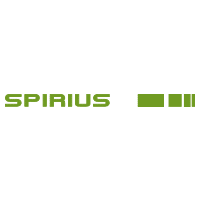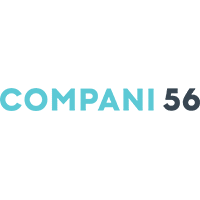The security of the ports and shipping that ensure the smooth processes of the transport and logistics is becoming extremely important in the context of today’s geopolitical events. The cyber security strategy for the maritime industry in the South Baltic region proposes legislation and recommendations that can help defense against attacks.
Klaipėda Science and Technology Park (KSTP), participating in the international project SECMAR, has led the formation of the strategy together with experts from Sweden, Denmark, Norway, and Poland. Last autumn, a workshop was held in Vilnius, during which cyber security professionals simulated various situations, identifying the most vulnerable areas of the maritime and offshore industry and designing protections and solutions against cyber attacks.

During this two-day session, many insights were used to generate the strategy: A revised assessment of trends and changing modes of attacks that are exposed due to increasing surface exposure are explored, as well as new configurations for collaborative defense are proposed. Scenarios offer pathways for industry development and raise concerns over current ways of developing and implementing cybersecurity, and can be extracted from the report and put to use in organizations for anticipating and simulating responses.
“It is very important to assess the risks, because due to their specificity and significance, the assets of the maritime industry can become the targets (and weapons themselves) of dangerous attacks causing disruptions, which can lead to critical situations and damaged supply networks”, said Andrius Sutnikas, Development Manager at KSTP.
The main users of the cyber security strategy are maritime executives, and policy makers within the South Baltic region. “There is need not only for a clear policy on cybersecurity, but also need for the maritime businesses to engage seriously with the risksin order to educate their staff and deepen their skills in order to avoid possible risks”, – said Sutnikas.
Here you can download the full report:

